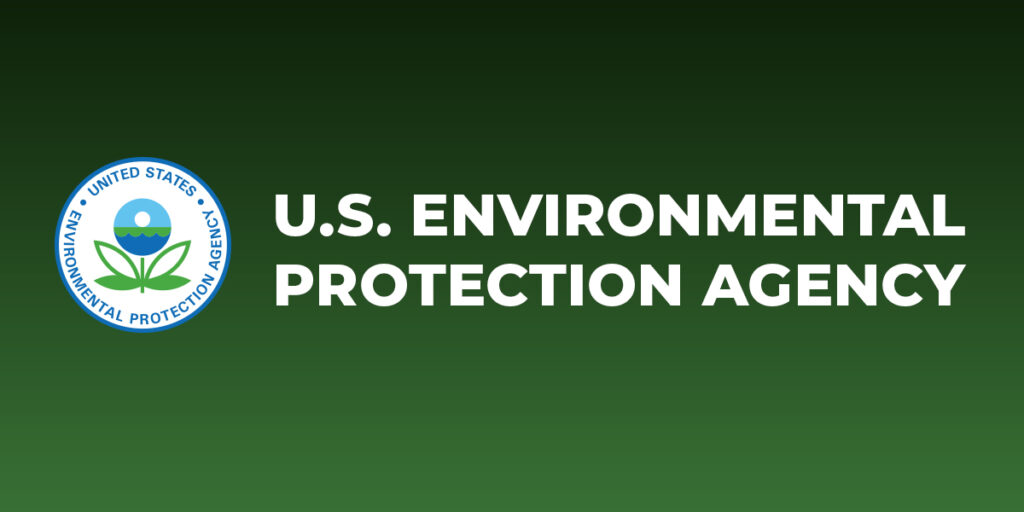 (AGENPARL) - Roma, 1 Dicembre 2023
(AGENPARL) - Roma, 1 Dicembre 2023(AGENPARL) – ven 01 dicembre 2023 Issued: Dec 1, 2023 (3:20pm EST)
If you wish to unsubscribe please do so
here: http://url6130.epa.mediaroom.com/ls/click?upn=-2BroytcZInNRyuFbAvAoN5aMEQDHIx2RtQl0jT-2FwLgZHafJKm-2F7NYrsKNAZH88rhd98aG2o5sSGIX8iVgGgXwOczi8WNFU0a7GLvUAvQ8R0RGX5bAZ9mjh1NYnKAGekGpsm-9_mLoYh0p4AWg4foFr5HgrZ1QioQ33bLwdnQ-2BsYGKFX9mApcfdQmv0-2Bvkdf9kq-2BlYjnUJb8x07GcEJWzaOpqN1Ftw8-2FUW10pU4Ef-2FcsQvlcayy6M1Bvq6Z8hUdaUFxqTlNoNgIFB7PTkWh72N3SNhwx8bwaFfHz3PvoipR631DodSSvCvLr2rlDOiUwWC1dSjW5nxVUiLhklKpnpKuOmj3CblgvoIvv1Kn3aqHe7GBpo7WtMf-2FVeUDvZq8nib5toh-2FV5kyelk5HM6ZoETbvIfAlw-3D-3D
EPA’s Good Neighbor Plan Cuts Smog-Forming Pollution from Power Plants in
Summer 2023
EPA Data Shows “Good Neighbor Plan” delivers significant early public
health protections in first year
U.S. Environmental Protection Agency, Region 7 – 11201 Renner Blvd., Lenexa,
KS 66219
Iowa, Kansas, Missouri, Nebraska, and Nine Tribal Nations
LENEXA, KAN. (DEC. 1, 2023) – This week, the U.S. Environmental Protection
Agency (EPA) released its latest data on emissions from power plants,
including the May to September 2023 ground-level ozone season, which marks the
first year of requirements under the Good Neighbor Plan in certain states. In
the first summer of the program, power plants in the ten currently
participating states decreased smog-forming emissions of nitrogen oxides (NOx)
by 18%, an important step toward the overall goals of the program.
“This early data shows that the Good Neighbor Plan is a workable and
effective rule, using EPA’s proven, flexible framework to deliver pollution
reductions while preserving the ability of the power industry to deliver
reliable and affordable electricity,” said Joseph Goffman, Principal Deputy
Assistant Administrator of EPA’s Office of Air and Radiation.
NOx emissions from power plants contribute to the formation of ground-level
ozone, also known as smog. Exposure to ground-level ozone can cause
respiratory issues, aggravate asthma and other lung diseases, and lead to
missed days of work or school, emergency room visits, and premature deaths.
These costly public health impacts can be especially harmful to children and
older adults, disproportionately affecting people of color, families with
low-incomes, and other vulnerable populations.
The Good Neighbor Plan was finalized in March 2023 for 22 states to reduce
pollution that significantly contributes to problems downwind states face in
meeting EPA’s 2015 health-based air quality standard for ground-level ozone.
The Good Neighbor Plan builds on the highly effective power sector emissions
trading programs EPA has been administering under the Cross-State Air
Pollution Rule (CSAPR) and similar regulatory frameworks since the mid-1990s.
Requirements for power plants began this year, strengthening the existing NOx
emissions trading framework with additional features designed to protect
public health by reducing downwind ozone levels while providing adequate
flexibilities to affected sources. Requirements for industrial facilities
under the Good Neighbor Plan are set to begin in certain states in 2026.
The Good Neighbor Plan’s ozone season NOx control program for power plants is
currently being implemented in ten states: Illinois, Indiana, Maryland,
Michigan, New Jersey, New York, Ohio, Pennsylvania, Virginia, and Wisconsin.
The EPA is not currently implementing the Good Neighbor Plan for power plants
in the remaining 12 states pursuant to temporary court orders: Alabama,
Arkansas, Kentucky, Louisiana, Minnesota, Mississippi, Missouri, Nevada,
Oklahoma, Texas, Utah, and West Virginia.
Under the suite of cross-state air pollution programs over the past 25 years,
power plants have significantly lowered NOx and sulfur dioxide (SO2) emissions
while continuing to deliver electricity to the grid. In 2022, units covered
under these programs had a reduction of 70% in annual SO2, 54% in annual NOx,
and 53% in ozone season NOx since 2015. These emission reductions benefit
public health and are a result of an overall increase in the environmental
effectiveness at affected sources as electric generators installed controls,
switched to lower emitting fuels, or otherwise reduced their emissions.
Nationally, power plant emissions data for the first three quarters of 2023
show marked decreases compared to the first three quarters of 2022,
demonstrating the most significant reduction levels of the last few years.
Compared to 2022, for all power plants in the CSAPR or Acid Rain Programs, the
2023 data so far show a 15% decrease in NOx emissions and a 26% decrease in
SO2 emissions. These declines in power sector emissions reduce air pollution
and protect public health. SO2 emissions contribute to the formation of
particulate matter, which can lead to harmful and costly respiratory and
cardiovascular problems.
EPA collects detailed SO2, NOx, carbon dioxide, and mercury emission data
and other information from power plants across the country. Summary results
from the first year of the Good Neighbor Plan are available on the Good
Neighbor Plan Results page. Emissions data collected through all of EPA’s
power plant programs are posted online and accessible to the public in summary
form on the Latest Emission Comparisons page or in more detail on Clean Air
Markets Program Data (CAMPD). More information about power plants is available
on the Power Sector Programs website.
# # #
Learn more about EPA Region 7
To unsubscribe or change your settings click here:
http://url6130.epa.mediaroom.com/ls/click?upn=-2BroytcZInNRyuFbAvAoN5aMEQDHIx2RtQl0jT-2FwLgZFdW2WYdzQmaasDKJ3YChU3q4evpGMP-2B6Yb9Ey5RoCCaB-2BFysVR-2FDy9wbwmRMZ74viW-2BvyHvSNOdkd5fKSxjhKwO1N5LHbRMPS5wNtLBJLeGg-3D-3DCfHf_mLoYh0p4AWg4foFr5HgrZ1QioQ33bLwdnQ-2BsYGKFX9mApcfdQmv0-2Bvkdf9kq-2BlYjnUJb8x07GcEJWzaOpqN1Ftw8-2FUW10pU4Ef-2FcsQvlcazOkvVSyAsy0Whjqe8tALjfRny87rl2TSHGkZURi0umzam9YfX3czbAyP3Aydwlj4ROIzLoGHYRJGmprVCEU8uJar6OYvRHelQ15bprrbFlD-2FbpxlhyaFTDKeVEtBva3mcNu9vIzMJ5JPLTpGyOPBxjJ9dKTIFciM3br-2FZPO08eTQ-3D-3D

